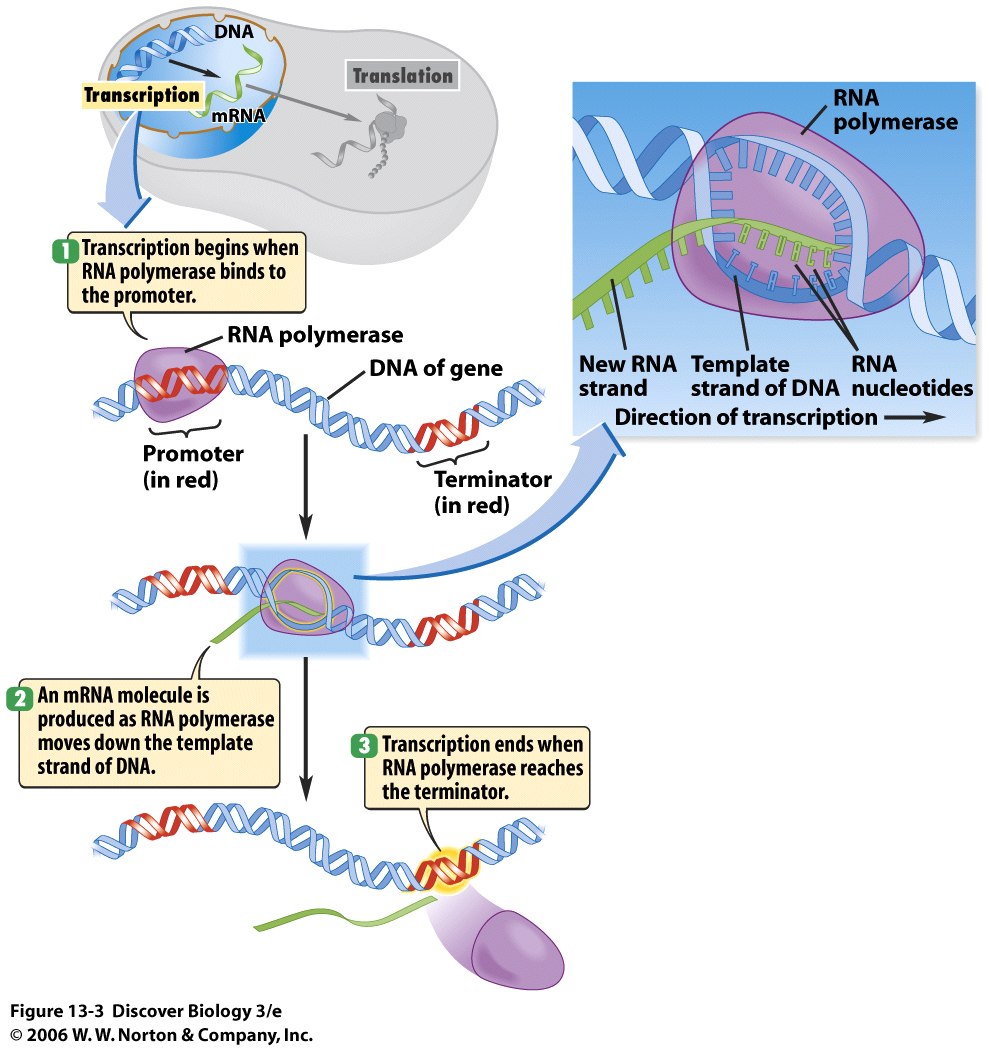What is the Position Effect?
 |
| Here is the pathway for transcription. |
Here is a picture that displays translocation
What allows these enhancers to stimulate transcription to occur is because of its location near the promoter, which is the region of DNA that forms the site for which transcription can occur. What is so interesting about these enhancers is that they don't have to act upon the transcription site in order to stimulate transcription. Enhancers can instead be bound by activator proteins, which are specialized proteins that coordinate DNA polymerase and transcription factors to transcribe a gene sequence. However I almost forgot to mention that enhancers can be found in the introns, which are the noncoding gene sequences that become separated from a chromosome via RNA splicing, where because of this it doesn't matter if the enhancer is inserted into another chromosome (via translocation) because it will still affect transcription somehow. I haven't been able to find a reason why this still occurs. These enhancers are a really extraordinary topic to continue studying, because there are many enhancers that can be found in the human genome. One example is the enhancer called HACNS1, which researchers today believe had contributed to the evolution of the opposable thumb rotation and the ability to walk on two feet. These enhancers are the key topic that I believe everyone should continue to study, because there is a lot of researcher behind their possible functions in biotechnology.
 |
| Here is a picture of the interaction between enhancers and the activator proteins. |
No comments:
Post a Comment